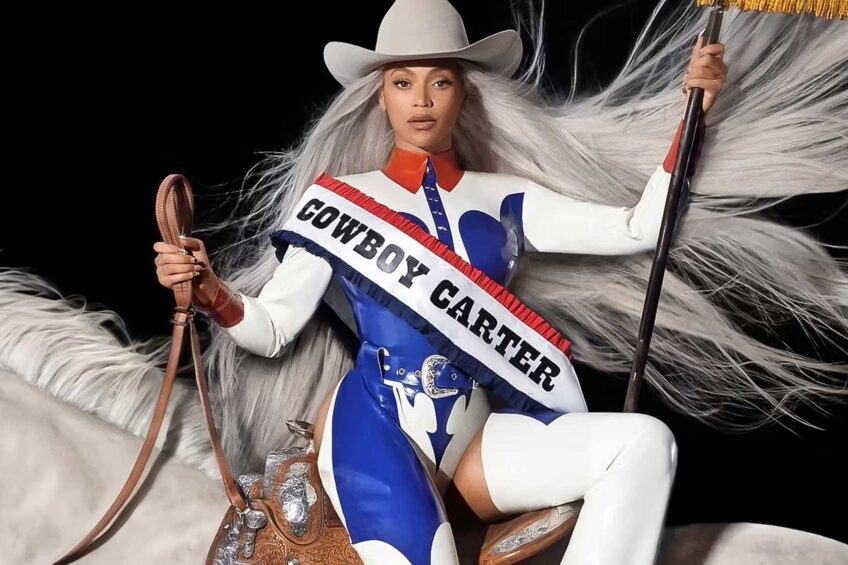NYPD officer Daniel Pantaleo was finally given the official boot by his department, fired for violating department policy with his use of the chokehold in the slaying of Eric Garner. After Garner’s 2014 death and the non-indictment of Pantaleo, police departments nationally scrambled furiously to declare that they bar the use of the hold and don’t teach it to officers.
That’s not the end of the chokehold story. Lawsuits by chokehold victims of over the years show that some departments and officers do use the chokehold or a variant of it to subdue suspects. The U.S. Supreme Court made that possible. Nearly four decades ago, it could have ended the chokehold use. It didn’t. In 1976, the LAPD stopped a young African American motorist, Adolph Lyon. Lyon offered no resistance but still was wrapped in a chokehold and severely injured as a result of it. He sued and sought a court injunction against the hold.
The case appeared solid on several grounds. He could show a disparate use of the hold against African-Americans; the LAPD had used the chokehold with impunity for years, and in one span, the majority of the 16 victims who died as a result of the chokehold were black. This appeared to fall under the purview of the constitutional provision barring cruel and unusual punishment. In sworn testimony, officers joked about how some suspects placed in the chokehold danced and squirmed uncontrollably. The officers said they had no knowledge of the hold’s lethal effect and that their training officers did not tell them of its life-threatening danger.
The case meandered through the courts for years. Meanwhile, the LAPD claimed that it had temporarily suspended the use of the hold pending a high court decision. But other police departments continued to use the chokehold with no legal or departmental restraints, including the NYPD, which had a massive number of complaints about the hold and the injuries it caused.
In 1983, the court finally spoke. In a stunning majority opinion, it flatly said federal courts had no power to prohibit the use of the hold. It added that “there was a real and immediate threat that Lyon would again be stopped … by an officer who would illegally choke him into unconsciousness.” Translated, a victim could be subject to its use again if stopped by a police officer and it posed no threat to him. This was an open license to continue to use the chokehold. In a blistering dissent, Justice Thurgood Marshall blasted the absurdity of the legal logic behind use of the chokehold: “Since no one can show that he will be choked in the future, no one — not even a person who, like Lyons, has almost been choked to death — has standing to challenge the continuation of the policy.”
An exultant LAPD Chief Daryl Gates claimed victory and said that it vindicated his contention that the chokehold was an appropriate tactic. Gates then claimed that maybe there was something in the physical make-up of blacks that was different from that of “normal people” that predisposed them to drop dead from the hold. Gates’s over-the-top racist, inflammatory gibe ignited a storm of protest, and a red-faced Gates slightly back-pedaled on it. The same year the LAPD officially barred the use of the chokehold. The NYPD followed suit and in the next decade other departments fell in line and officially banned the use of the hold.
There still is nothing in law or public policy that officially precludes any police department from putting the chokehold or a variation of it back in its weapons arsenal. In fact, a decade after the LAPD officially barred the hold it was back on the table again following the beating of black motorist Rodney King in 1991. The LAPD debated whether to reinstate the chokehold on the grounds it was a less lethal way to subdue a suspect. Though it chose not to, surveys then found that the overwhelming majority of officers backed the use of the hold and said they saw no danger in its use.
The double tragedy in the Garner slaying was, of course, his senseless death but also that it did not alter the fact that the chokehold still remains on the official books as a weapon that police officers can use. And Pantaleo’s firing certainly doesn’t change that.
Earl Ofari Hutchinson is an author and political analyst.






